 Students ranging from elementary to college, have faced an unprecedented mental health challenge. US Secretary of Education Miguel Cardona states, “Even before the disruption, isolation, and trauma of the pandemic, youth rates of anxiety and depression, and other mental health challenges were on the rise, and too many students suffered in silence.” With more than one in three high school students reporting poor mental health, students’ mental health has reached a critical point. Research has shown that children and young people learn more, report feeling safer, and develop more trusting relationships with their peers and teachers when their social and emotional needs are met with certified and accessible mental health professionals. Based on that research, the US Department of Education has identified over $1 billion for school based counseling through the Bipartisan Safer Communities Act over the next five years. These funds will not only allow schools to increase the number of mental health professionals on staff, it will also provide resources to build the necessary infrastructure to ensure success. Mental health screening, prevention, reporting and ongoing therapeutic interventions are crucial for a successful school based mental health program. For more information on funding, you can view this website for more information on this funding here. -------------------------------------------------------------------------- If you are a behavioral health provider for school/education, addictions, substance use disorder, social worker or any provider offering services to students in K-12, college or universities, and are looking for additional resources to assist your prevention, treatment and/or recovery process for practice, OakTree Practice Management has the tools to streamline your workflow. Get a free demo by clicking here.
2 Comments
Combating the opioid epidemic starts with knowledge. As you read on, you’ll learn more about the opioid crisis, its history and what’s being done about it today. You’ll discover that fighting opioid addiction with technology — like through the use of electronic health record (EHR) systems — can play a big role in the solution. An Introduction to Opioids and Opioid Addiction Opioids are drugs developed to mimic opium’s pain-reducing properties. Opioids bind to your spinal cord and brain receptors, disrupting pain signals and activating your brain’s reward areas by releasing the dopamine hormone, which creates a “high” feeling or euphoria. Opioids include legal medications — such as hydrocodone, morphine, Vicodin and oxycodone, all prescribed for chronic and acute pain — plus illegal drugs like fentanyl and heroin. Opioid Addiction Statistics Behavioral health providers all over the country are trying to tackle an increasing national public health emergency. According to the Centers for Disease Control and Prevention (CDC), opioid and other drug overdose deaths are continuing to grow in the U.S. Opioids make up around 66 percent of most drug overdose-related deaths. Other statistics about opioid addiction from the CDC include:
Since 1999, non-prescription opioid use has quadrupled, according to a National Institute of Health 2016 report. Lowering the number of prescriptions for these drugs is a primary focus in reversing the opioid addiction trend. Behavioral and mental health treatments are also instrumental in dealing with the opioid epidemic. History of the Opioid Epidemic The United States has struggled with opioid abuse since before the 1900s, including:
CNN, in their article “Opioid History: From ‘Wonder Drug’ to Abuse Epidemic,” provides a history of opioid use and addiction. At its beginning, morphine was used to treat the injuries of civil war veterans at the turn of the century, who consequently became addicted to opioids. At this point, drugs were already a problem, and people were consuming them at disturbing rates a long time before the war even started. Bayer Co. started another opioid production, heroin, in 1898, for commercial use. Many had thought of it as a “wonder drug” since its beginning clinical trials. However, addicts began to discover you could amplify its effects by injecting it. People used drugs like heroin as a way to suppress their cough. Since there weren’t a lot of other options available, more and more individuals began using opioids as painkillers. By the 1920s, those prescribing the opioids figured out their highly addictive nature and tried to refrain from prescribing them to patients. In 1924, lawmakers declared heroin illegal for importation, manufacture and possession — and even for medicinal purposes. U.S. drug use increased so rapidly in the 1970s that the President at the time made it a point to begin studying the issue. The recommendations were that the Customs Service and Drug Enforcement Administration focus less on intercepting cocaine and marijuana traffickers and more on heroin. After Vicodin and Percocet appeared on the market in the late 1970s, prescribers were educated already on avoiding prescribing patients highly addictive opioids. However, a letter in the New England Journal of Medicine in January 1980 resisted the belief that opioid use for treating chronic pain was risky. It indicated addiction development was unlikely in patients who didn’t have an addiction history. Pharmaceutical companies, in the late 1990s, reassured the healthcare community that addiction wouldn’t be a problem for patients taking opioid painkillers. As a result, the number of opioid prescriptions dispensed grew tremendously and at faster rates. With the increase in opioid medication prescriptions came more widespread abuse of both non-prescription and prescription opioids. It had finally become clear they were indeed extremely addictive. At the same time, terminally ill patients began receiving more opioid prescriptions. Both researchers and prescribers wanted to look at treating chronic pain patients. The National Institute on Drug Abuse conducted a study showing the number of prescriptions filled for painkillers in the early 1990s by U.S. pharmacies grew by two to three million every year. This number climbed by eight million from 1995 to 1996. Opioid Addiction Today Opiate dependence is a chronic disease and a widespread behavioral health problem today. In March 2017, the National Institutes on Drug Abuse reported more than 115 people in the U.S. die every day from an opioid-related overdose. Opioid misuse and addiction — including heroin, prescription painkillers and synthetic opioids like fentanyl — is now a severe national emergency. It affects not only public health but also economic and social welfare. With some reports estimating it costs the U.S. more than $500 billion annually, the prescription opioid epidemic is creating a vast “economic burden” in the U.S. — including outlays for:
What Is Being Done About the Opioid Epidemic? Individuals and organization are making numerous efforts in confronting and combating the opioid epidemic: 1. Establishment of New CDC Guidelines The growing mortality rate has developed a public health problem resulting in the CDC setting forth new guidelines in March 2016 for those prescribing opioids for chronic pain. These guidelines offer prescribing doctors recommendations for chronic pain not in the realm of palliative care, active cancer treatment or end-of-life care. Specifically, the CDC guidelines address:
2. Building Behavioral Health Systems As this opioid overdose epidemic worsens, mental and behavioral health providers use resources and tools to assist with detecting and preventing the abuse and misuse of opioids by their patients. The Substance Abuse and Mental Health Services Administration (SAMHSA) is working on building a behavioral health system to enable people in the U.S. to find services and effective treatments in their communities for opioid addiction and other mental and substance use disorders. As a result of changes in healthcare laws, the removal of barriers to accessing behavioral health services makes it easier for individuals to get treatment. For instance, many healthcare plans now provide coverage for substance abuse and mental health treatments. 3. Implementation of a Five-Point Opioid Strategy In October 2017, Health and Human Services (HHS) declared the opioid crisis a national public health emergency. In April 2017, HHS announced a five-point Opioid Strategy. It provides a framework to take advantage of the resources and expertise of HHS facilities in an organized and calculated way. The evidence-based, comprehensive Opioid Strategy focuses on these five priorities:
4. Increased Community Support More campaigns for community awareness are taking place to educate consumers about the ramifications of using opiates — and more are needed. National campaign seminars and literature are becoming freely accessible and distributed to the public. 5. Broadened Access to Naloxone As an antidote for opioid overdose, naloxone has reversed nearly 27,000 opioid overdoses in the U.S. from 1996 to 2014. Until recently, only emergency personnel carried naloxone in an injectable form. Currently, several states have approved expanded access to naloxone, meaning it is now available at some pharmacies over-the-counter. The new form is user-friendly. A hand-held auto-injector enables family members and caregivers to deliver an immediate response to an overdose. Efforts are underway to make a nasal spray available for even easier use. 6. Increased Supply of Buprenorphine Through an updated federal rule, the HHS recently allowed for an increased supply of buprenorphine, which can be an effective treatment for opioid use disorder. The previous supply was inadequate to address the nation’s prescription opioid crisis. Designed to give those addicted to opioids greater access to buprenorphine, HHS has increased the patient limit for prescribing the treatment from 100 to 275. 7. National Leaders Taking a Stance National community leaders are also tackling the opioid addiction problem by challenging lawmakers to quicken anti-abuse drug approval and stop the illegal importation of opioids from other countries. States are looking into lax opioid prescription protocols, whereby governing entities are studying ways to regulate and standardize prescription practices to reduce painkiller abuse. 8. Integration of Health IT Tools Electronic records can be a major benefit in the efforts against opioid abuse. Keeping itemized and precise records of a patient’s history is instrumental in discovering patients with a history of substance abuse. This is particularly helpful when trying to identify a patient who “shops” for doctors to prescribe them an opioid painkiller. EHR records can play a key role in identifying people who are addicted to opioids and encouraging them to get help. The country’s health information exchange (HIE) organizations are working on enhancing the flow of data — particularly as it applies to prescription information — to help address opioid abuse and misuse. How EHRs Help Combat the Opioid Crisis Comprehensive electronic records are another opioid addiction preventative measure. It’s essential that behavioral health administrators and providers record data accurately into the Electronic Health Records (EHR) system when a patient that is using or misusing opioids comes into their office. With essential electronic health records, behavioral health providers can share important documentation with other healthcare system organizations, or across state lines, about patient opioid use. Clinical directors, CEOs, IT directors and administrators and practices all over the U.S. are implementing electronic health records and opioid daily practices within a system to track patient data and prescriptions. The advantages of EHR systems in efforts to combat the opioid epidemic have been significant. Some benefits of fighting opioid addiction with technology — including Orion AccuCare — include:
A wide range of therapeutic practices surrounds behavioral health, from addiction treatment to mental health. Behavioral health practices, with this broad range of services, require an EHR system to keep up. EHR services keep everything running smoothly in the back office, whereas paper-based systems waste valuable resources and time. Orion Healthcare Technology’s AccuCare EHR System Orion’s EHR system, AccuCare, is designed specifically for the behavioral therapy industry. It can serve many purposes — including a behavioral therapy billing system as well as a therapy notes platform for use during counseling. It equips therapists with the resources and tools they require to handle the administrative and technological requirements of today’s behavioral healthcare field. The AccuCare system gives therapists the support they need to treat mental health disorders and substance abuse effectively — including opioid addiction. The EHR system replaces standard paper charts. It also maintains, compiles and tracks it to streamline reporting. The electronic health record system handles patient healthcare history in a convenient computerized version. It contains essential patient records such as:
Features of AccuCare While the AccuCare EHR system provides many beneficial features, some functions are of special significance to the opioid epidemic and those tasked with reversing it:
Other benefits and features of AccuCare EHR software include:
Contact Orion Healthcare Technology Today for a Free AccuCare Demo Every product built by Orion Healthcare Technology is tailored to meet the specific needs of behavioral health practices in today’s modern world of healthcare. Here at Orion, we offer a whole range of custom services and technology solutions. Contact Orion today about our EHR system and request your free AccuCare demo, or give us a call at 800.324.7966. |
Archives
June 2023
Categories
All
|
|
Vertical Divider
|
All Rights Reserved
Vertical Divider
|
©

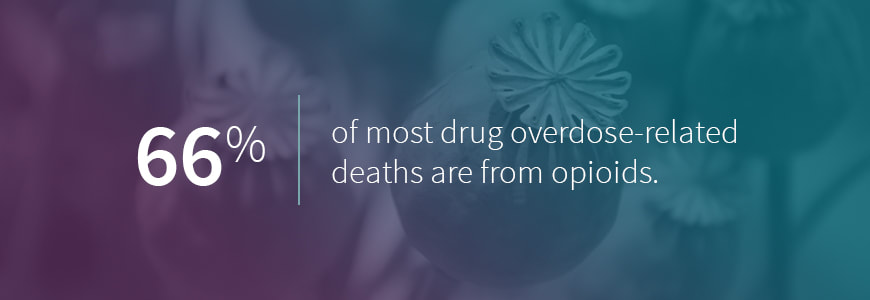
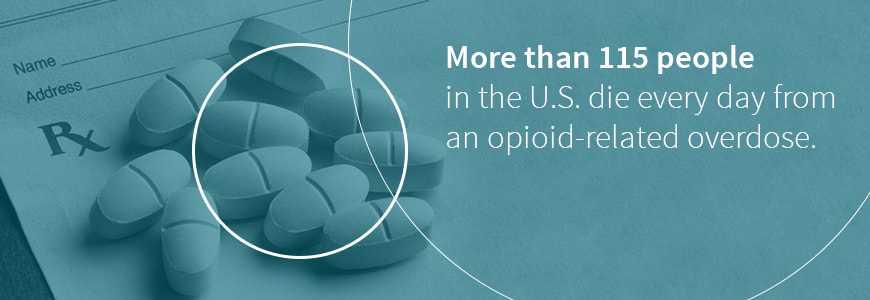
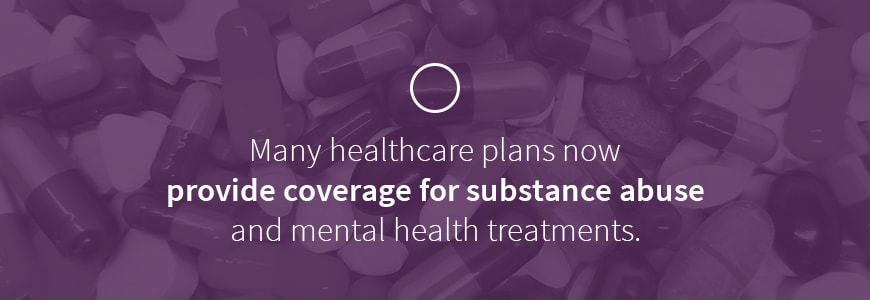
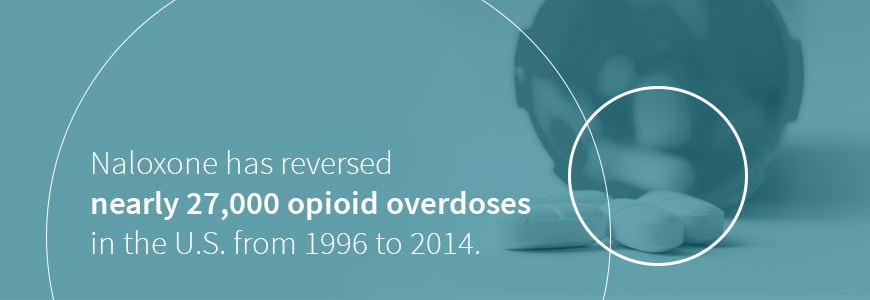
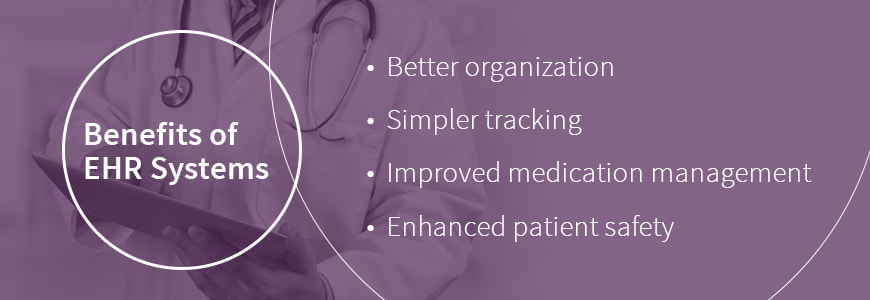
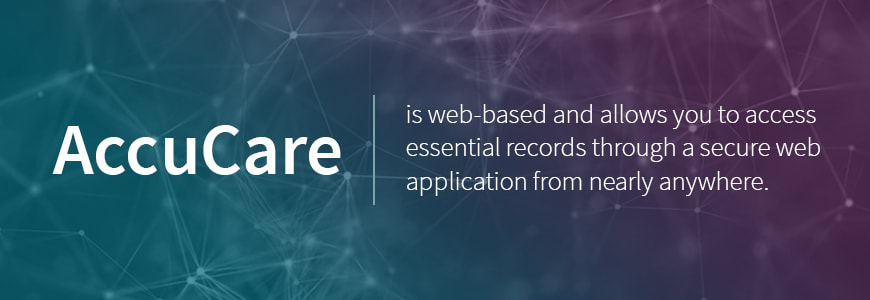
 RSS Feed
RSS Feed
